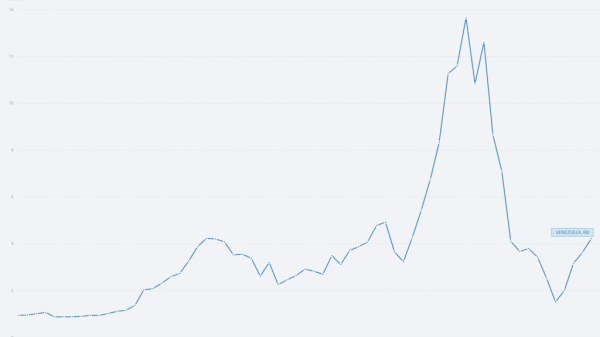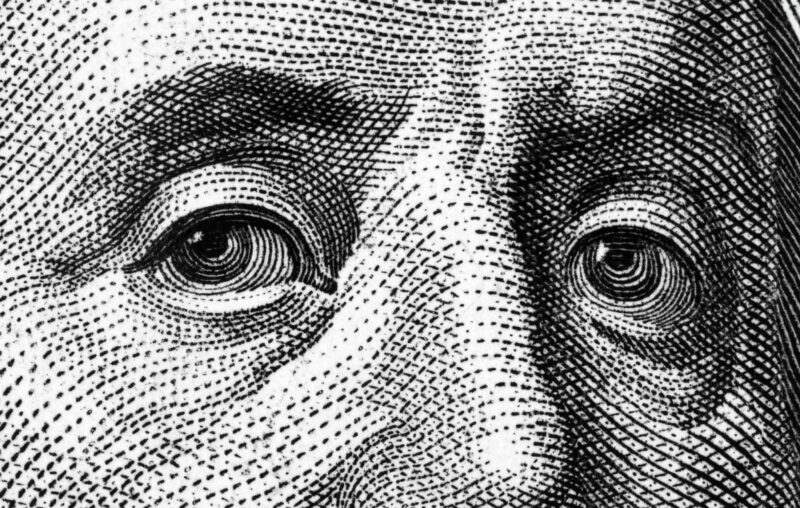Barely halfway through 2024, the rapidly rising tower of US public debt has reached yet another milestone. Two hundred and six days after reaching $34 trillion, America’s debt pile has reached $35 trillion. To put this in perspective, the debt at the end of World War II was about $259 billion, making the current debt more than 135 times that amount. The US has now borrowed amounts larger than the combined GDPs of China, Japan, and Germany. .
It is increasingly difficult to grasp that only a bit more than four decades ago the US national debt was $907 billion, and that the surpassing of the $1 trillion mark in 1981 was seen as a watershed moment. The amount of debt undertaken by the Biden administration alone now stands at $7.2 trillion, an amount equal to the amount of national debt incurred between the presidencies of two Georges: Washington (who assumed office in 1789) and the younger Bush (who left office in 2009). This is still less than was taken on by the Trump administration ($7.8 trillion), but if the borrowing needs of the current administration are what they are projected to be, the Biden administration may set a new record by having added over $8 trillion in debt.
But it is not just the amassing of debt, but the timing of it that has generated great vulnerabilities for the US economy. At the start of 2008 America’s debt pile sat at a now-quaint $9.2 trillion. During the seven years between late 2008 and late 2015, nominal interest rates were barely above zero as the debt burden essentially doubled to exceed $18 trillion. Low interest rates, even if artificially engineered, make enthusiastic borrowing more palatable. Even during the aborted attempt to increase rates between 2015 and mid-2019 — in which interest rates made a brief stop at roughly 2.4 percent — another six trillion dollars worth of debt was taken on. The outbreak of the COVID-19 pandemic saw another 18 months of rock-bottom interest rates, during which five-and-a-half trillion more dollars of debt was piled on. And so it was with $30 trillion worth of debt that, owing to the outbreak of inflation (which was proved non-transitory) that the Fed raised short-term interest rates to their highest levels in sixteen years. And even then, with the debt-service levels spiraling higher, another five trillion dollars of debt has been added. Between 2020 and 2024, the United States has voluntarily encumbered itself with nearly $12 trillion in debt; debt that will at some point need to be repaid, defaulted upon, or subjected to some modification.
The federal government is projected to run a $1.9 trillion deficit this year, which would be the third-largest in US history following the deficits of $3.1 trillion in 2020 and $2.7 trillion in 2021 during peak pandemic-era spending. In fiscal year 2023, interest payments on the debt alone amounted to over $658 billion, surpassing the budgets of many major federal agencies combined. At this point, federal debt service costs amount to approximately $900 billion, which is 17 percent of total federal spending. Once again, US citizens should consider what they are willing to live without or see others go without. Social Security? National Parks? Unemployment benefits? The Environmental Protection Agency? Marginal gains in unwinnable and/or eternal wars? Funding for public education?
Landmarks of escalating liability are being surpassed with increasing frequency; so much so that absurd spending pledges have become nearly commonplace. This is in no small part due to national debt emerging as another in a growing list of third rail issues. But while succumbing to pessimism may be rational, it is ultimately unproductive. The economic risk posed to future generations is too significant to overlook, despite the repetitive nature of our warnings.

























